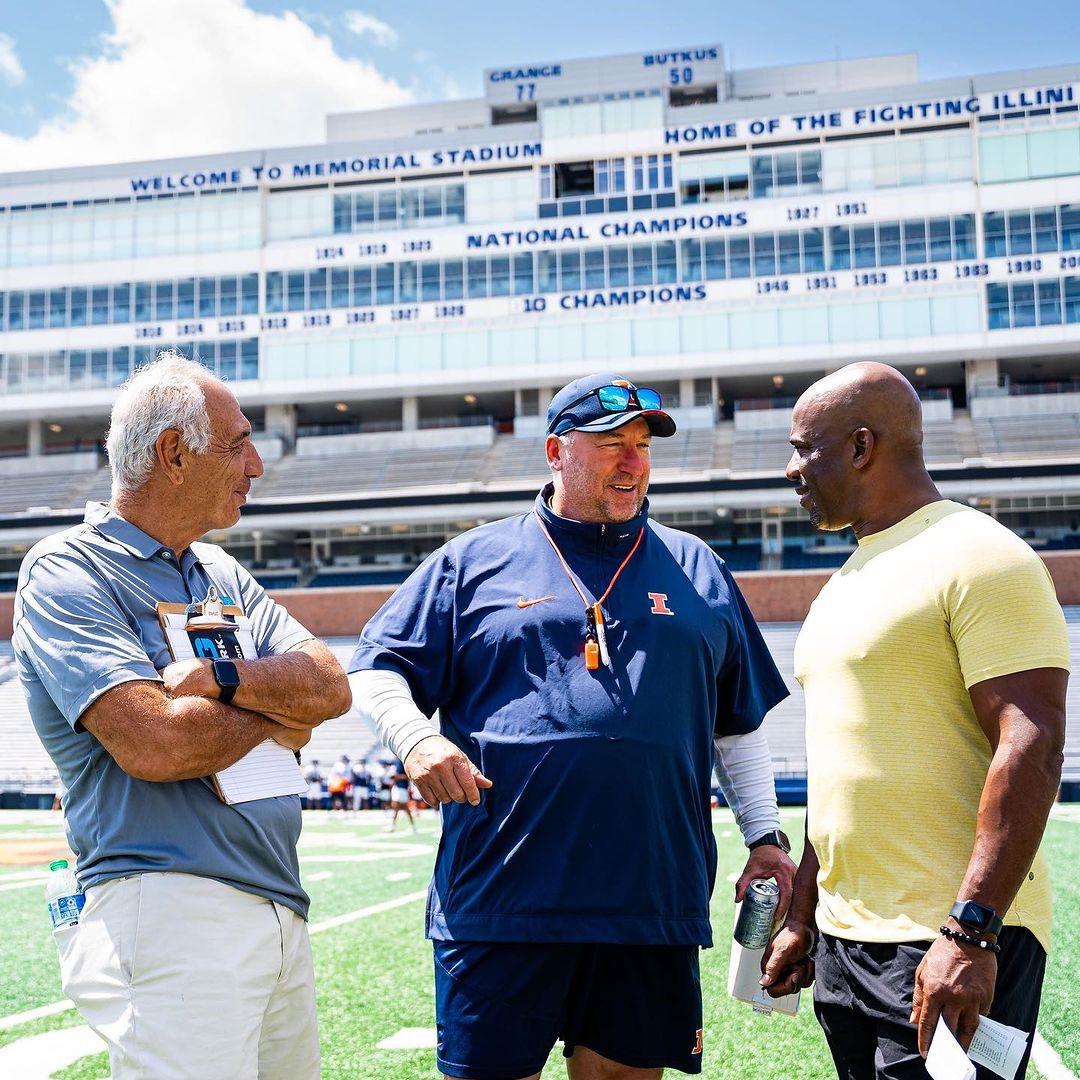There’s a lot of money to be made (and spent) in the world of sports. It’s a statement that remains true no matter where you look – whether that be professional leagues in the US, foreign leagues like the Premier League, or even at the collegiate level.
The NCAA, an organization home to around 1,100 schools and over 500,000 athletes is no stranger to the financial benefits of sports. In 2019, the organization reported that they generated $15.8 billion in revenue, a number that shows just how lucrative the industry can be. But, does all the money spent to earn at that level translate into success on the field or court?
Recently, Sportico, a digital platform that delivers high quality news and information in the world of sports, sat down and gathered financial data from athletic departments for over 100 D1 colleges in the NCAA. Their database includes details into operating revenues and expenses by sport for each school, with even more context into what specific programs drove revenue and what categories costs went towards. So, does spending lead to better performance? Let’s find out!
Money in the Big 10 Conference
As a conference, the Big Ten fared pretty well financially for the 2021-2022 year. Total operating revenues came out to $2,041,265,014 while total operating expenses equaled $1,914,066,268 meaning profits ended up being $127,198,726. The University of Illinois’s financial numbers came out to be well below the averages for the conference with revenues totaling $145,735,330 and expenses coming out to $129,119,247. The conference’s biggest spender was Ohio State at $225,733,418 and the school also saw the most revenue from 2021-2022 with $251,615,345 coming in.
https://www.instagram.com/p/Cv45ha3LXpH/
Big Ten Basketball
When it came to basketball, Michigan State spent the most in the conference at $17,887,479, while Illinois ranked 4th with $13,195,872 in men’s basketball operating expenses.However, Illinois came out on top in regards to men’s basketball revenue generating $29,764,333. All-in-all though, when you look at performance, the big spenders weren’t necessarily the big winners. In the Big Ten’s conference tournament for the 2021-2022 season, Iowa and Purdue found themselves in the championship game, where Iowa emerged with the crown defeating the Boilermakers by a score of 75-66. Each program’s operating expenses fell below the averages for the conference, with Iowa at $10,277,054 and Purdue at $8,821,891.
https://www.instagram.com/p/Cw88qMdMS4G/
Big Ten Football
Football tells a bit of a different story than basketball though. The top three schools in operating expenses, 1) Ohio State with $69,127,911, 2) Penn State with $57,627,338, and 3) Michigan with $52,408,535 turned out to be the three programs who found the most success at the end of the college football season. Michigan ended up winning the Big Ten Championship Game against Purdue, and then went on to play in the CFP semifinal against TCU where they came just shy of advancing after losing 45-51. Ohio State also had a close semifinal matchup against top-seeded Georgia, where they fell 41-42. The one outlier in Big Ten football came with Purdue who found themselves as the conference’s runner-up, as they ended up having the lowest total operating expenses for football in the conference which came out to $24,857,827.
At the end of the day, it seems that what teams spend on their programs doesn’t always translate into winning at the end of the year. In all of college football, three programs spent above $69 million from 2021-2022 and they were Alabama, Washington, and Ohio State. Only one of these teams found themselves playing in the CFP, and the eventual championship winning Georgia team only had to dish out $61 million for their trophy.
Meanwhile, the same conclusion can be made when looking at all of men’s basketball expenditures for the 2021-2022 season. Out of the top 10 spenders, only one school found themselves making the Sweet 16 round of the March Madness tournament. That school was Kansas, who spent the 8th most that year with $15,508,894; and while they ended up winning it all at the end, schools who spent as much or more than them couldn’t even make it to the second weekend of the tourney.
To see additional financial data from more schools and conferences, visit Sportico to view their entire College Athletic Departments Financial Database.


